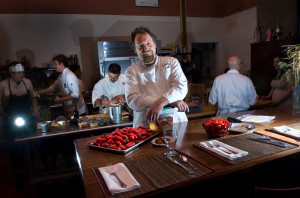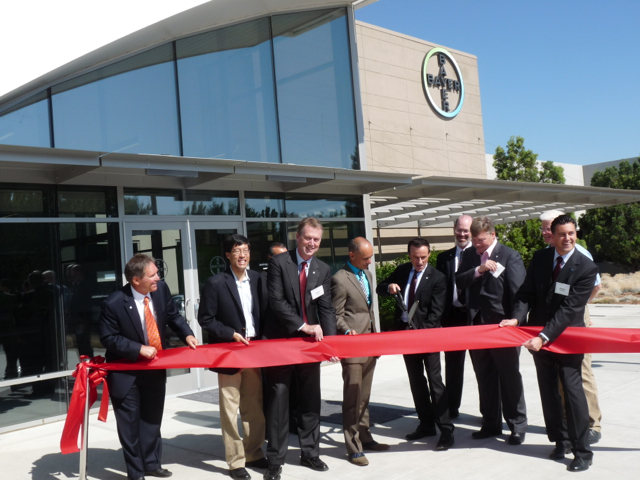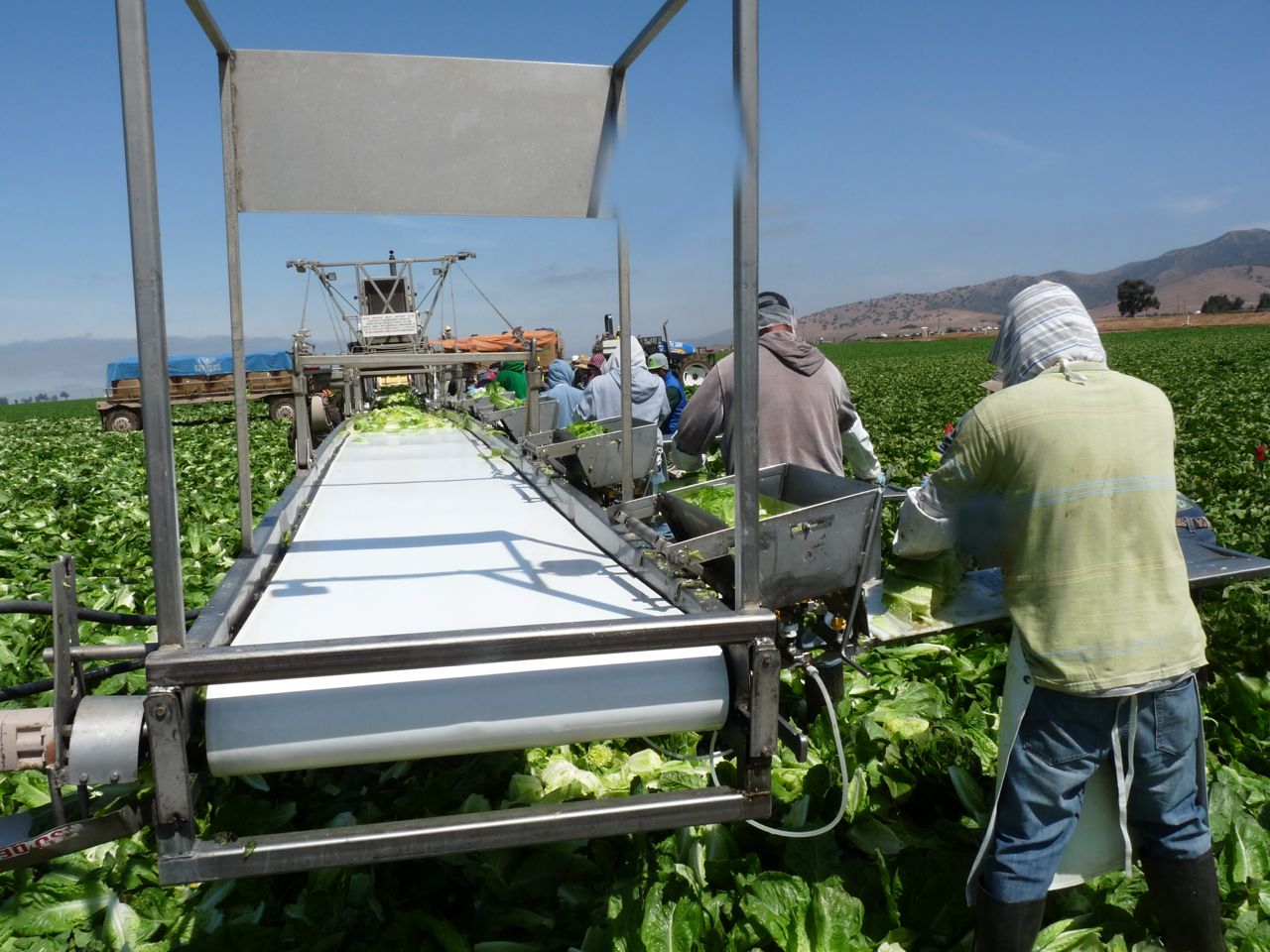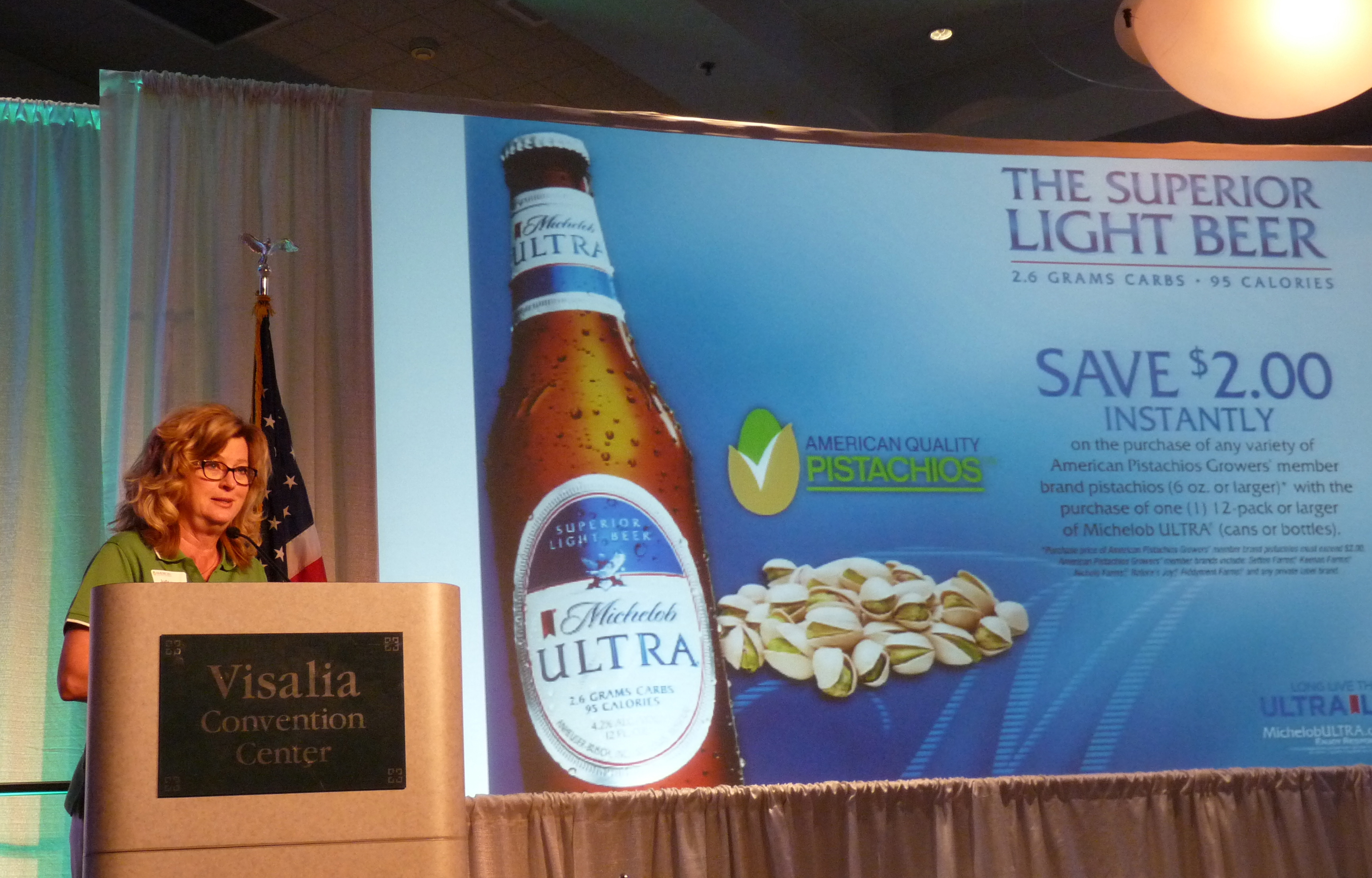IR-4 on Process and Trends of Biopesticides
Michael Braverman manages biopesticides for Rutgers University’s IR-4 Project in Princeton, New Jersey. The IR- 4 Project helps with research to get these safe and effective pest management products registered for use in specialty crops, the cornerstone of California agriculture.
“We have two main objectives,” said Braverman. “We have an efficacy grant program, where we fund researchers all across the United States to conduct field or greenhouse trials involving biopesticides to see how they can fit into real-world production systems. The other part of our program is a regulatory assistance program. Biopesticides, like any crop protection products on the market, require EPA registration. We work with university researchers who may have discovered a new organism, a plant extract or whatever it may be, and we help guide them through the EPA registration process,” said Braverman.
“There is certainly a trend towards use of biopesticides,” Braverman observed. “If you notice, major manufacturers—all the biggest companies—are now investing in research or purchasing smaller companies that are involved in the biopesticide market. So it’s really expanding very rapidly,” said Braverman.





















